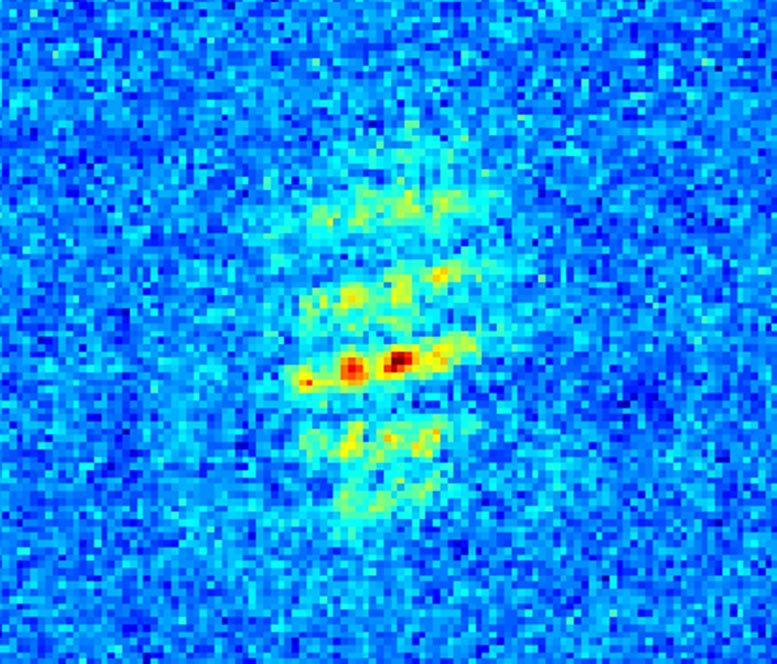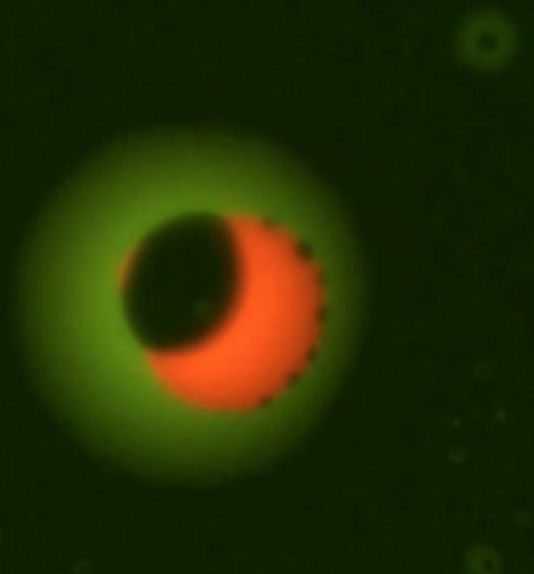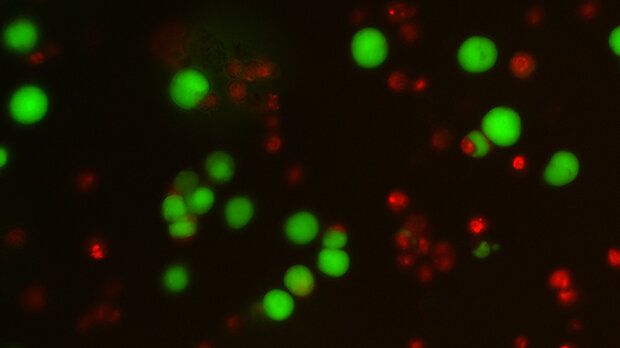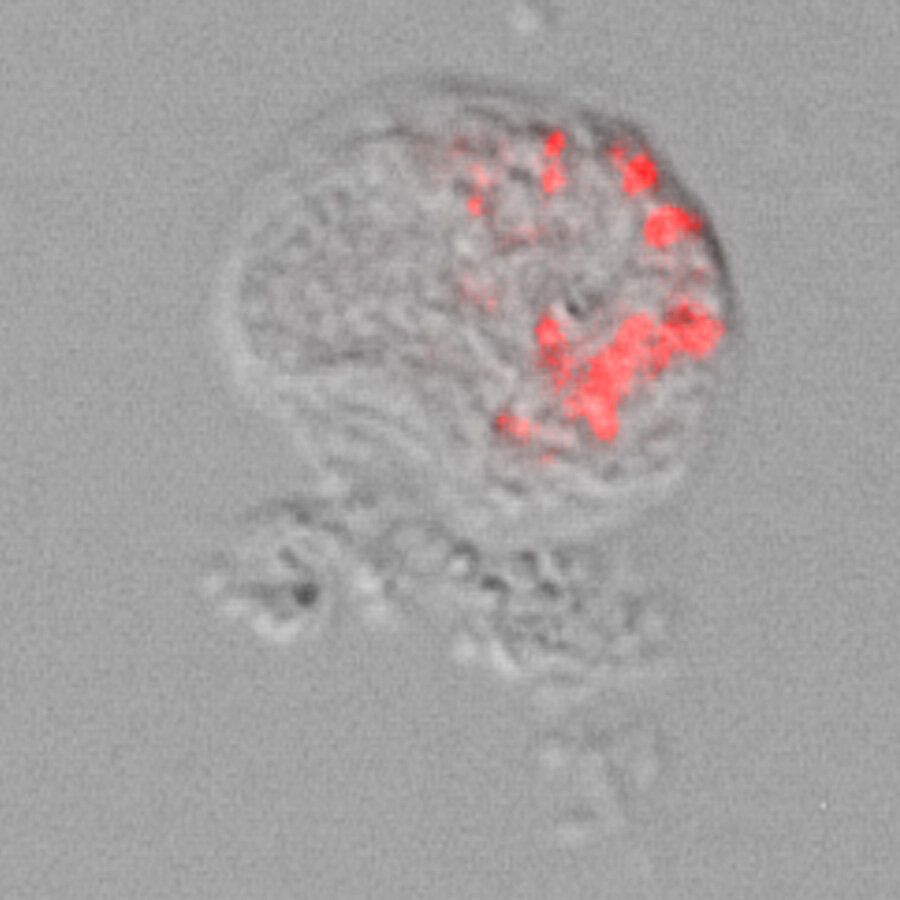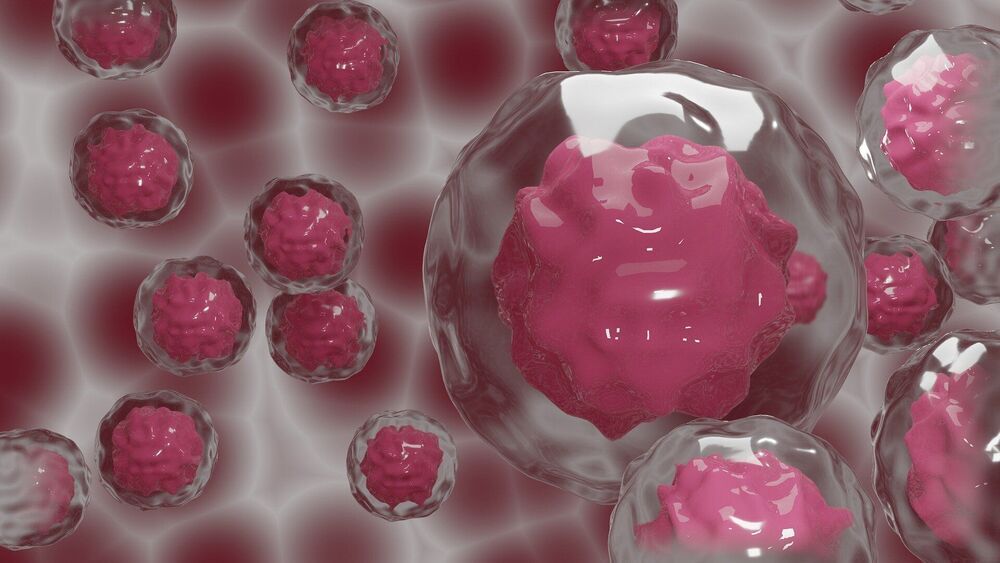Page 6625
May 1, 2021
Ultracold Atom Interferometry Demonstrated in Space for the First Time
Posted by Genevieve Klien in categories: particle physics, space
Extremely precise measurements are possible using atom interferometers that employ the wave character of atoms for this purpose. They can thus be used, for example, to measure the gravitational field of the Earth or to detect gravitational waves. A team of scientists from Germany has now managed to successfully perform atom interferometry in space for the first time – onboard a sounding rocket. “We have established the technological basis for atom interferometry on board of a sounding rocket and demonstrated that such experiments are not only possible on Earth, but also in space,” said Professor Patrick Windpassinger of the Institute of Physics at Johannes Gutenberg University Mainz (JGU), whose team was involved in the investigation. The results of their analyses have been published in Nature Communications.
A team of researchers from various universities and research centers led by Leibniz University Hannover launched the MAIUS-1 mission in January 2017. This has since become the first rocket mission on which a Bose-Einstein condensate has been generated in space. This special state of matter occurs when atoms – in this case atoms of rubidium – are cooled to a temperature close to absolute zero, or minus 273 degrees Celsius. “For us, this ultracold ensemble represented a very promising starting point for atom interferometry,” explained Windpassinger. Temperature is one of the determining factors, because measurements can be carried out more accurately and for longer periods at lower temperatures.
May 1, 2021
Scientists Discover Three Liquid Phases in Aerosol Particles
Posted by Genevieve Klien in categories: climatology, particle physics
Findings could help explain how air pollutants interact with the atmosphere.
Researchers at the University of British Columbia, University of California Irvine, and McGill University have discovered three liquid phases in aerosol particles, changing our understanding of air pollutants in the Earth’s atmosphere.
While aerosol particles were known to contain up to two liquid phases, the discovery of an additional liquid phase may be important to providing more accurate atmospheric models and climate predictions. The study was published recently in PNAS.
May 1, 2021
Stressed out: The cancer cells that survive chemotherapy, but at a cost
Posted by Jason Blain in category: biotech/medical
But being such effective survivors may come at a cost.
A group of Cancer Research UK-funded scientists are beginning to discover new vulnerabilities in cancer cells, which emerge when they enter “survival mode.”
May 1, 2021
‘Pokemonas’: Bacteria related to lung parasites discovered, named after Pokémon
Posted by Jason Blain in categories: biotech/medical, entertainment
Gotta catch them all because this one may cause legionnaires diesease.
“Institute of Zoology have named one of the newly discovered bacteria ‘Pokemonas’ because they live in spherical amoebae, comparable to Pokémon in the video game, which are caught in balls.”
A research team at the University of Cologne has discovered previously undescribed bacteria in amoebae that are related to Legionella and may even cause disease. The researchers from Professor Dr. Michael Bonkowski’s working group at the Institute of Zoology have named one of the newly discovered bacteria ‘Pokemonas’ because they live in spherical amoebae, comparable to Pokémon in the video game, which are caught in balls. The results of their research have been published in the journal Frontiers in Cellular and Infection Microbiology.
Continue reading “‘Pokemonas’: Bacteria related to lung parasites discovered, named after Pokémon” »
May 1, 2021
The Army’s New Night-Vision Goggles Look Like Technology Stolen From Aliens
Posted by Jason Blain in category: military
When you think of night-vision goggles, you probably imagine the pitch black of night being illuminated in a sea of green that helps improve visibility. That’s ancient technology now as the US Army’s Lancer Brigade of Joint Base Lewis–McChord demonstrates what soldiers see through the military’s latest and greatest night vision goggles. The Predator would be jealous.
May 1, 2021
Perfectionistic cognitions appear to play a key role in clinical anxiety
Posted by Jason Blain in categories: biotech/medical, neuroscience
A new study found that perfectionist thinking patterns contributed to posttraumatic stress disorder (PTSD) and generalized anxiety disorder (GAD) symptoms, over and above several known control variables. The findings were published in Cognitive Behaviour Therapy.
Perfectionism involves a desire to perform to the highest standards without allowing room for failure. People with perfectionist beliefs tend to be overly self-critical and put pressure on themselves to perform flawlessly at all times. While perfectionism is often seen as a favorable trait, the attribute has been linked to numerous anxiety disorders such as obsessive compulsive disorder (OCD) and social anxiety disorder (SAD).
Researchers have recently begun exploring the thought patterns that characterize perfectionism — called perfectionist cognitions (PC). As study author Jeremy Tyler and his team say, perfectionist cognitions include expectations about achieving perfection such as, “I can’t stand to make mistakes.” These cognitions have been linked to dysfunctional mental health symptoms like obsessions, distress, and anxiety. However, these associations have yet to be explored among a clinical population.
May 1, 2021
New genetic target for blood cancer treatment
Posted by Jason Blain in categories: biotech/medical, genetics
Targeting a pathway that is essential for the survival of certain types of acute myeloid leukaemia could provide a new therapy avenue for patients, the latest research has found.
Researchers from the Wellcome Sanger Institute found that a specific genetic mutation, which is linked with poor prognosis in blood cancer, is involved in the development of the disease when combined with other mutations in mice and human cell lines.
The study, published today (30th April) in Nature Communications, provides a greater understanding of how the loss-of-function mutation in the CUX1 gene leads to the development and survival of acute myeloid leukaemia. The findings suggest that targeting a pathway that is essential for these cancer cells to continue growing could lead to new targeted therapies for some patients.
May 1, 2021
World’s largest compressed air grid “batteries” will store up to 10GWh
Posted by Jason Blain in categories: energy, sustainability

California is set to be home to two new compressed-air energy storage facilities – each claiming the crown for the world’s largest non-hydro energy storage system. Developed by Hydrostor, the facilities will have an output of 500 MW and be capable of storing 4 GWh of energy.
As the world shifts towards renewable energy, grid-scale storage is becoming ever more crucial. Getting carbon emissions to net-zero will require a patchwork of technologies to smooth out unpredictable and inconvenient generation curves, with pumped hydro, huge lithium-ion batteries, tanks full of molten salt or silicon, thermal bricks, or heavy blocks stacked up in towers or suspended in mineshafts all in the mix.
Continue reading “World’s largest compressed air grid ‘batteries’ will store up to 10GWh” »
May 1, 2021
Advances in Detectors: The Quanta image sensor (QIS): Making every photon count
Posted by Jeremy Dylan Batterson in categories: computing, mobile phones, space
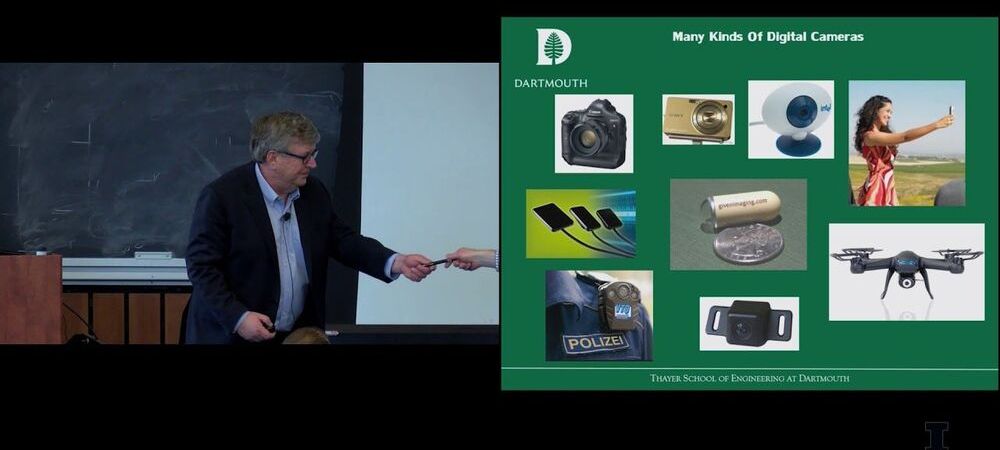
One of the interesting consequences of the emergent upshift in visual systems is that all streetlights, car headlights and other external sources of lighting will no longer be needed within around a decade. This will not only make astronomers happy, since they will be able to see the dark skies again but will simplify urban infrastructure. The three convergent elements making this change of affairs come about are the following:
1) Quanta Image Sensors, whether of the SPAD or the CIS-QIS versions are expected to become widely available within 5 to 10 years. Unlike the CMOS image sensors in billions of cell-phone cameras, which only register packets of the incoming light, these sensors can register single photons of light. The most versatile of these are the QIS sensors being developed by Fossum—who also developed the CMOS sensor—wherein a single jot\.
Continue reading “Advances in Detectors: The Quanta image sensor (QIS): Making every photon count” »

